Tax Efficiency Calculator
Your Portfolio Details
Current Asset Allocation
Enter your current allocation across accounts (percentages should add up to 100%)
Your Tax Efficiency Analysis
Current After-Tax Return
Based on your current asset allocation
Optimized After-Tax Return
With strategic asset location
Potential Annual Benefit
Based on 30-year projection
Recommendation
Why This Matters
Strategic asset location can add 0.25%-0.75% to your after-tax returns. For a $500,000 portfolio, that's $1,250-$3,750 annually. Over 30 years, this can add $150,000+ to your retirement savings.
Most people treat their investment accounts like separate buckets-each one filled with the same mix of stocks and bonds. But that’s not how the tax system works. The IRS doesn’t care if your Roth IRA and taxable brokerage have identical holdings. What it cares about is where those assets sit, and how they generate income. That’s where using multiple account types strategically makes all the difference.
Why Your Accounts Shouldn’t Look the Same
If you’ve got a 401(k), a Roth IRA, and a taxable brokerage account, and you’ve copied the same 60/40 portfolio into each, you’re leaving money on the table. Not because you picked bad funds. But because you ignored how taxes treat different types of returns. Bonds pay interest. That interest is taxed as ordinary income-up to 37% federally, plus state taxes. Stocks pay dividends, and when you sell them after holding over a year, you pay lower capital gains rates-often just 15% or 20%. That’s a huge difference. The smart move? Put your bonds in accounts where you won’t pay taxes every year. That means Traditional 401(k)s and Traditional IRAs-tax-deferred accounts. Let your stocks live in taxable accounts, where capital gains get favorable treatment. And use Roth accounts for assets you expect to grow the most-like domestic or international stocks-because withdrawals there are completely tax-free. This isn’t theory. Betterment’s 2022 white paper tracked 20 years of market data and found that investors who did this simple reallocation saw their after-tax returns rise by 0.25% to 0.75% per year-without changing risk or adding more money. That’s not a small gain. Over 30 years, a 0.5% annual boost on a $500,000 portfolio adds over $150,000 in extra after-tax wealth.How Asset Location Works in Practice
Let’s break it down by account type and asset class:- Tax-deferred accounts (Traditional 401(k), Traditional IRA): Best for bonds, REITs, and actively managed funds. These generate regular taxable income. By sheltering them here, you avoid paying taxes on dividends and interest every year.
- taxable brokerage accounts: Best for tax-efficient assets-domestic stocks, ETFs, and index funds. Capital gains are taxed only when you sell, and long-term gains get lower rates. International stocks also belong here because you can claim foreign tax credits on dividends.
- Tax-exempt accounts (Roth IRA, Roth 401(k)): Best for high-growth assets. Since withdrawals are tax-free, put your most aggressive growth stocks here-especially small-cap, emerging market, or tech-heavy funds. The longer they grow, the more you save.
Who Benefits Most-and Who Doesn’t
This strategy isn’t for everyone. It works best if you have:- At least two different account types (preferably three)
- Combined balances over $100,000
- A long time horizon (10+ years)
- A high enough income to be in the 24%+ tax bracket
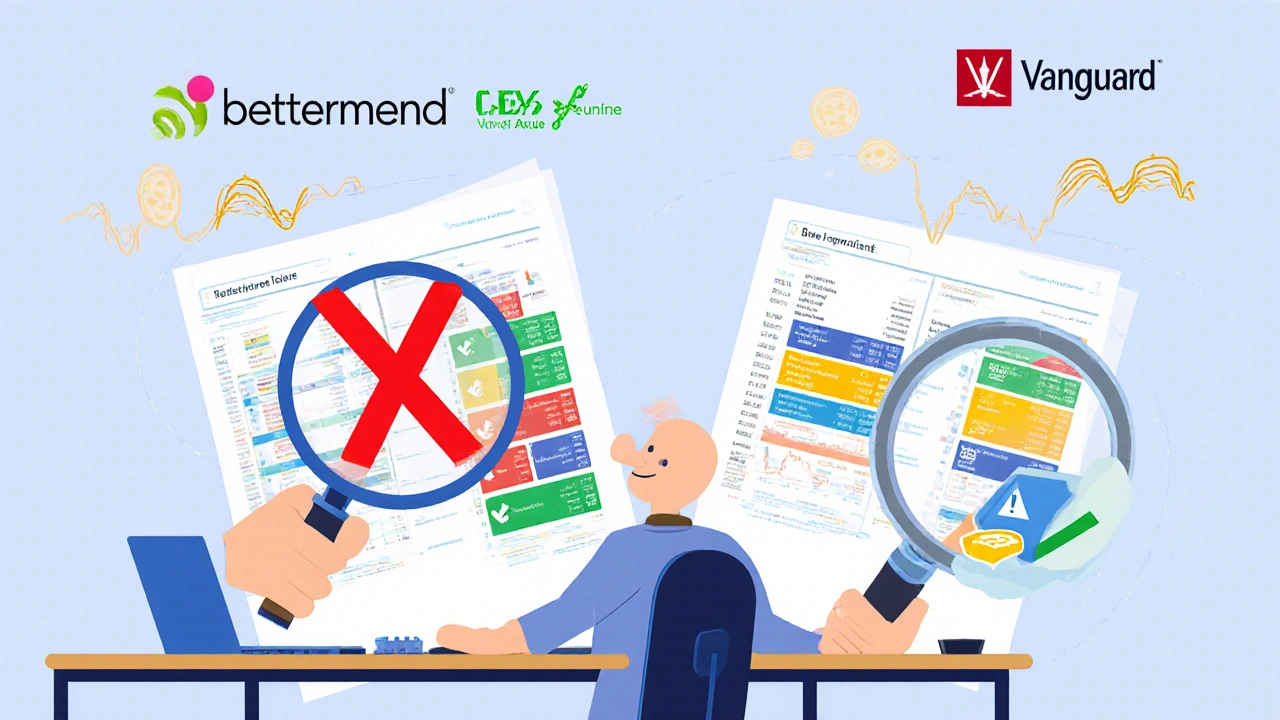
Real-World Results and Common Mistakes
User feedback tells a mixed story. On Reddit, one investor reported that Betterment’s tax coordination added 0.6% annually to his returns over three years. He had to manually adjust for California’s state taxes, but still came out ahead. But others ran into problems. One Wealthfront user paid $327 in extra accounting fees after a partial transfer triggered an unexpected tax event. Why? Because the system didn’t account for his specific holding periods or cost basis. The biggest mistake? Assuming the platform will handle everything perfectly. Tax coordination tools are smart-but they’re not psychic. They don’t know about your state’s tax rules unless you tell them. They don’t know if you’re planning to retire early. They don’t know if you’re about to inherit a large IRA. That’s why you need to understand the basics. You don’t need to be a CPA, but you should know:- What’s taxed when and how
- Which assets belong in which accounts
- How to check your platform’s allocation reports
What’s New in 2025
The game is changing. In 2023, Betterment launched Advanced Tax Coordination, which now factors in state tax rates and projected future tax brackets. Vanguard added municipal bond optimization for residents of high-tax states like California and New York. The IRS is also stepping in. Their 2024 proposed regulations would make inherited accounts easier to coordinate-potentially adding another 0.15% in annual returns for beneficiaries. Looking ahead, AI-driven tools are testing predictive models that adjust allocations based on your expected income changes. One beta tool at Wealthfront can estimate whether you’ll be in a higher or lower tax bracket in retirement, then shift assets accordingly. Platforms are also moving toward deeper integration with tax software. By 2025, most major robo-advisors will connect directly to TurboTax and H&R Block, so your investment strategy and tax return are in sync.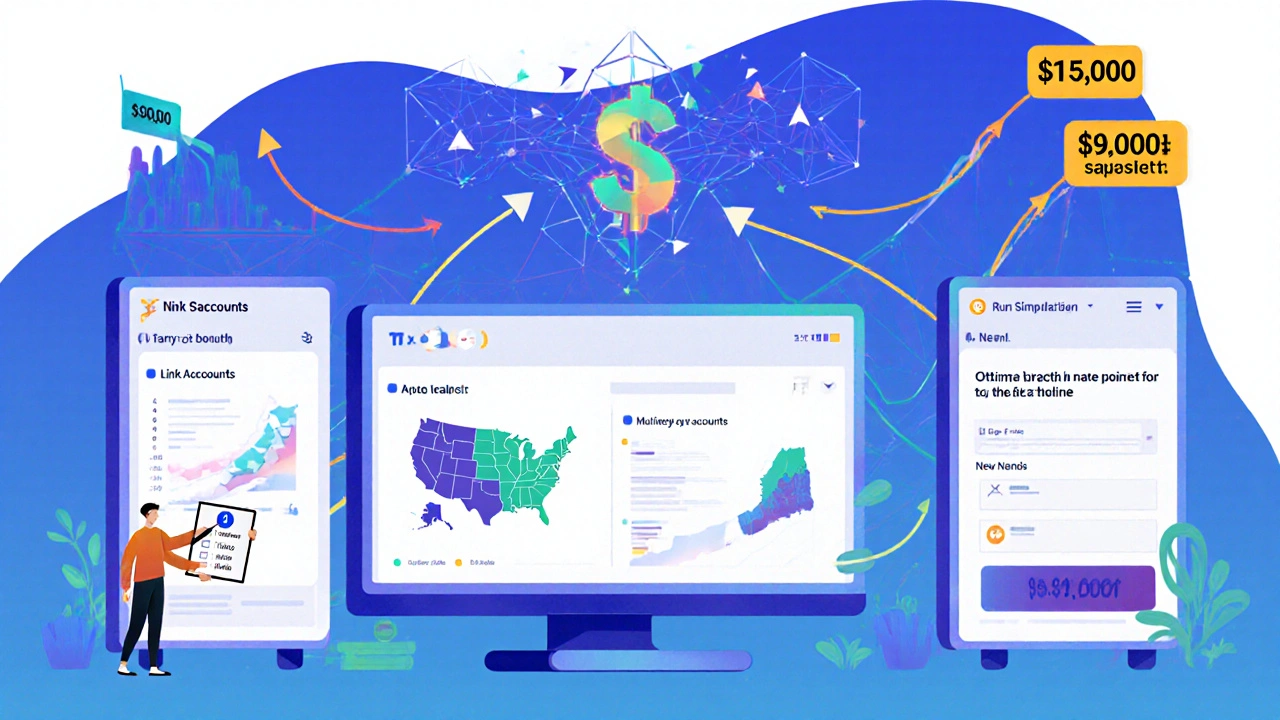
What to Do Next
If you have multiple accounts and want to start coordinating:- Log into your investment platform and link all your accounts (401(k), IRA, brokerage).
- Check if your platform offers tax coordination-most do. Betterment, Wealthfront, Vanguard, and Schwab all have it.
- Run their simulation. It will show you your current tax inefficiency and projected gains.
- If you’re in the 24%+ bracket and have over $100,000 in assets, turn it on.
- Review your allocation every 6 months. Make sure bonds are still in tax-deferred accounts and high-growth stocks are in Roth.
Frequently Asked Questions
Do I need a financial advisor to use tax coordination?
No. Most major platforms like Betterment, Vanguard, and Schwab offer automated tax coordination at no extra cost beyond their standard fees. You don’t need a human advisor unless you have complex situations like multiple IRAs, inherited accounts, or significant non-retirement assets.
Can I do tax coordination with just a Roth IRA and a taxable account?
Yes, but your options are limited. You can still place bonds in your Roth IRA (if you’re comfortable locking them away until retirement) and stocks in your taxable account. But without a tax-deferred account, you lose the ability to fully shelter interest income. The benefit will be smaller, but still real.
What if I’m in a high-tax state like California or New York?
You benefit even more. State taxes on bond interest can be 10% or more on top of federal rates. That’s why platforms like Vanguard now optimize for municipal bonds in taxable accounts for residents of high-tax states. These bonds are exempt from state taxes, making them ideal for taxable accounts-even better than some stocks.
Is tax coordination the same as asset allocation?
No. Asset allocation is deciding what percentage of your portfolio should be in stocks, bonds, and cash. Tax coordination is deciding where to put those assets based on tax rules. You need both. You can have the perfect allocation, but if all your bonds are in your Roth IRA, you’re wasting the tax-free space.
Will tax coordination help me if I’m close to retirement?
It depends. If you’re retiring soon and plan to withdraw from taxable accounts first, then yes-keeping bonds in tax-deferred accounts still helps. But if you’re already in a low tax bracket and withdrawing mostly from Roth accounts, the benefit shrinks. Focus instead on managing withdrawal order to minimize taxes.
What happens if tax laws change?
Tax coordination strategies are designed to adapt. Platforms update their algorithms when tax laws change-like after the 2017 Tax Cuts and Jobs Act. But you should still review your strategy every few years. If capital gains rates drop or Roth contributions are capped, your optimal allocation may shift. Stay informed.
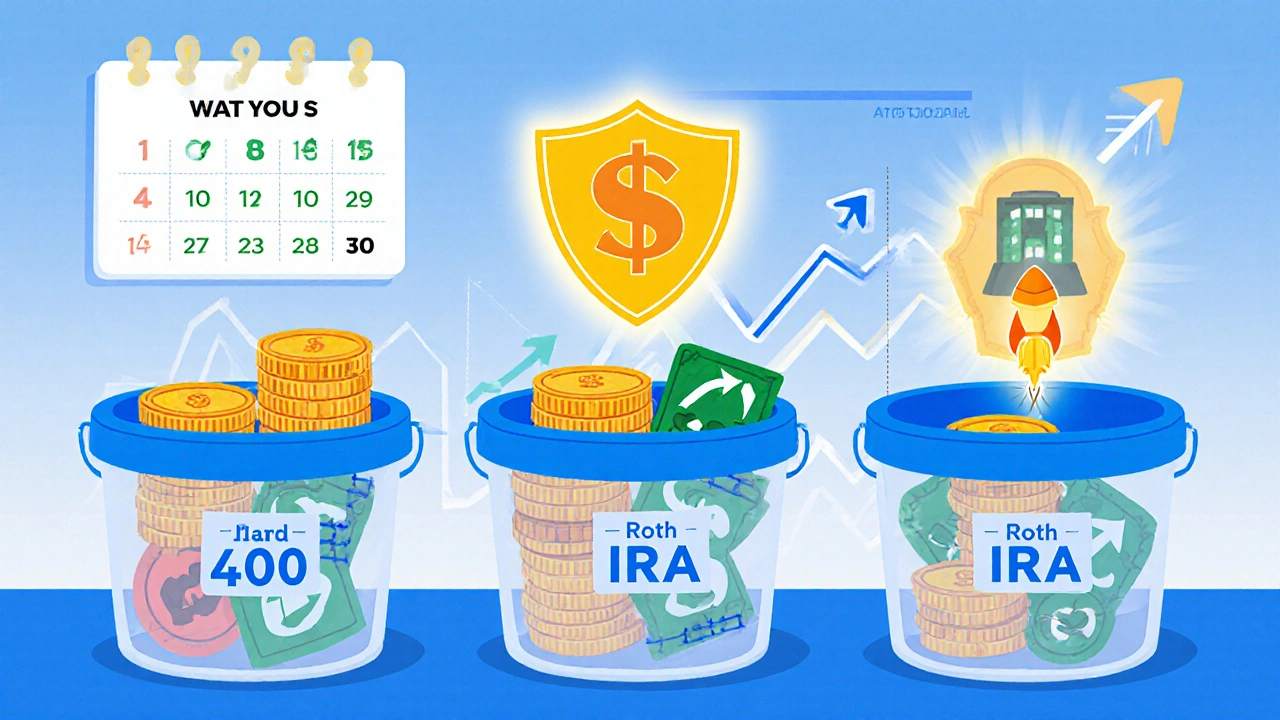
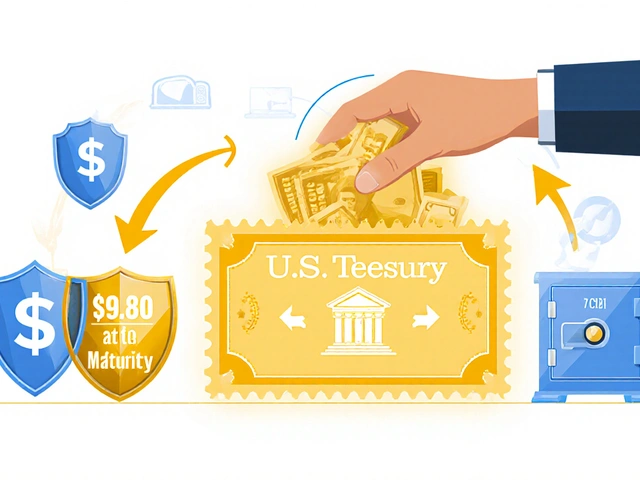
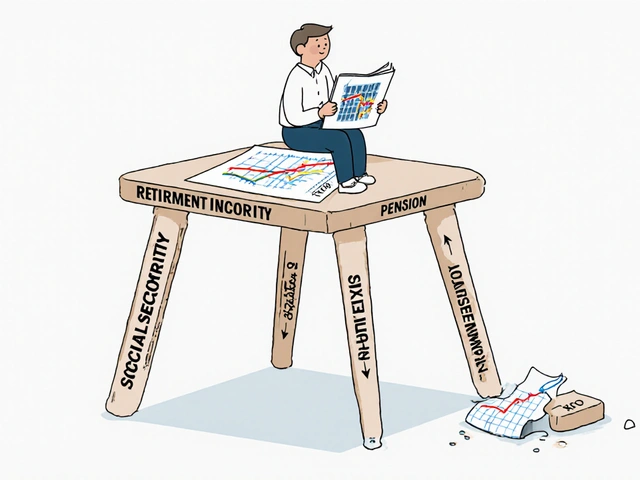
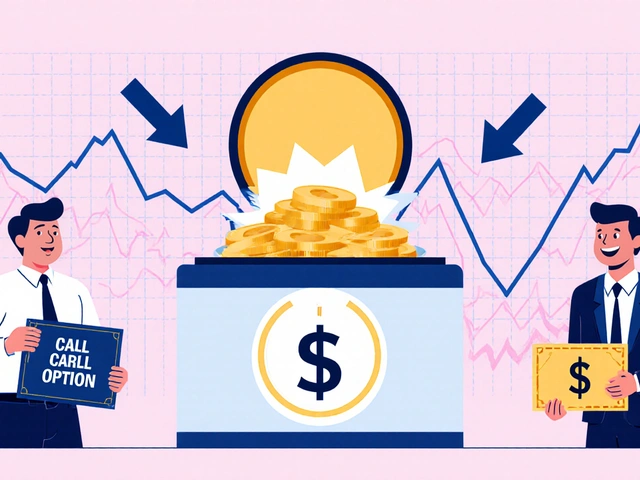
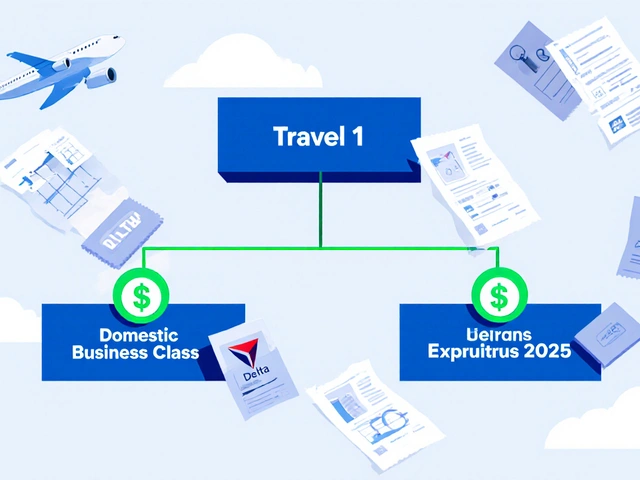

RAHUL KUSHWAHA
October 30, 2025 AT 03:45This is gold. I just moved all my bonds to my 401(k) last month after reading this. My taxable account is now just VTI and VXUS. My tax bill dropped by like 30% this year 😅
Julia Czinna
October 30, 2025 AT 10:39I appreciate how clearly this breaks down the mechanics. Many people don't realize that tax efficiency isn't about picking better funds-it's about placement. I've been doing this since 2020 with Vanguard's tools, and the difference in my annual tax statements is noticeable. Still, I wish more platforms made the default setup smarter out of the box.
Laura W
November 1, 2025 AT 01:39YOOOOO this is the secret sauce no one talks about 😤 I was throwing REITs in my Roth like a maniac until I learned they’re basically tax-free trash in there-wasting the best real estate you’ve got. Now my bonds are chilling in my Traditional IRA, my emerging markets are in the Roth, and my VTI’s in taxable. My CPA literally high-fived me. 0.75% extra per year is FREE MONEY. Stop leaving cash on the table.
Graeme C
November 2, 2025 AT 20:27This is the most dangerously underutilized strategy in personal finance. I’ve seen people with $2M portfolios keep all their bonds in Roth accounts-absolutely criminal. The IRS doesn’t care about your emotional attachment to your accounts. It cares about income type, timing, and tax brackets. If you’re not optimizing asset location, you’re not investing-you’re just gambling with your tax code. And yes, this applies even if you’re in a low bracket. The compounding effect over 30 years is non-linear. Stop being lazy. Do the work.
Astha Mishra
November 4, 2025 AT 02:35It is truly fascinating how deeply our financial systems are woven into the very fabric of taxation, and yet, most individuals approach investing as if tax implications were an afterthought, or worse, an abstract concept reserved for accountants. The notion that one’s portfolio should be treated as a singular, unified entity across all account types-rather than fragmented buckets-is not merely a technical adjustment, but a philosophical shift in how we conceive of wealth accumulation. One must ask: are we managing assets, or are we merely managing paperwork? The fact that a mere 0.5% annual improvement can yield over $150,000 over three decades speaks volumes about the silent, compounding power of precision. Yet, I wonder: in a world where tax laws shift unpredictably, and where inflation erodes nominal gains, is this strategy truly sustainable, or merely a temporary advantage? Perhaps the deeper lesson lies not in the placement of assets, but in cultivating a mindset of continuous adaptation, humility before complexity, and the quiet discipline of long-term alignment with systems we do not control.